Is there really lead in my bathtub?
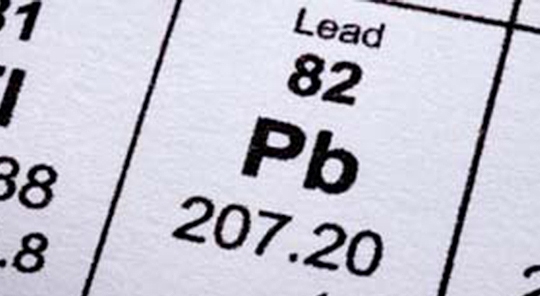
• Lead poisoning due to ceramic glazes is rare
• The amount of lead that leaches from glazes can vary dramatically and can change depending on usage and maintenance
• Utilizing steps listed below may reduce your risk even if you are not sure whether any glazes contain lead
• No one has a comprehensive list of all safe and dangerous products
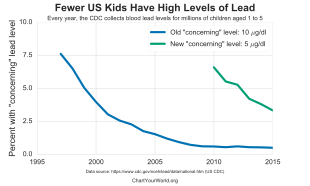

When I began my career as an artist I was too inexperienced to even begin to imagine how much an Art Studio is dependent on Science. I was recently asked by a mother if Joy of St Croix's bathtub refinishing process would effectively block lead in the glaze from leeching into the bath water. The short answer I gave her was "Yes", for the more complete answer I told her that I'd gather the info from the old website and update it then post it toute de suite. So, let's go over some background first.
For many decades, it was common to add lead to porcelain enamel glazes as a bonding or pigmenting agent. As a result, lead can still be found in many consumer goods like dishes, ceramic ware, and porcelain fixtures like sinks and bathtubs.
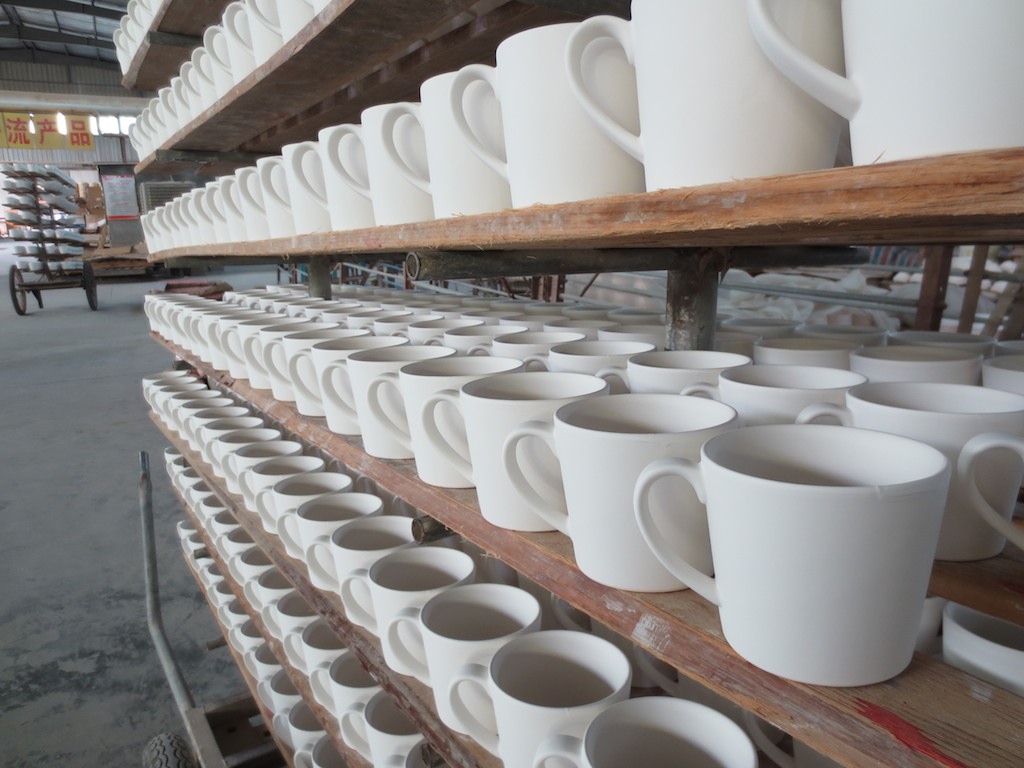
In the 1970’s and 80’s studies started to show that dishes with lead in the glaze could leach lead into foods. In response, the Consumer Products Safety Commission and the Food and Drug Administration set standards for the amount of lead that could be used in products associated with food preparation.
Today, most American manufactures have stopped using lead in products like ceramic cooking ware and dishes but unfortunately lead is still found in many foreign imported items.
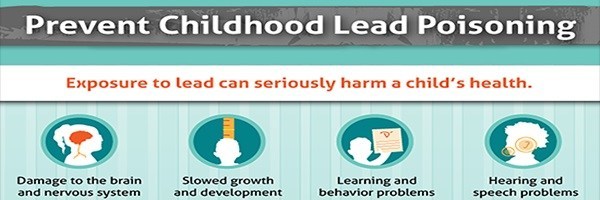
What are the health risks?
Lead is a toxic heavy metal that can cause serious health problems, especially for children and pregnant women. Young children and infants are much more sensitive to lead because their bodies are still developing. Children will absorb and retain more lead than adults. Elevated levels of lead in children have been linked to increased risks from various problems like learning disabilities, behavioral problems, and impaired coordination.

How does lead get into the body?
In glazes like those found in dishes, lead can leach out of the glaze into food or drinks that are then ingested. Foods with high acid content like orange juice, wine, or tomato-based products can leach significant amounts of lead from glazes. This is especially true for acidic foods that are stored in glazed containers.
Lead found in bathtub glazes
The Vermont Housing & Conservation Board has found that 75% of the tubs tested in pre-1978 housing enrolled in the lead hazard reduction program are positive for lead in the
glaze. 40% of the tubs that were positive also were found to have detectable lead on a dust wipe sample, which could indicate a leaching hazard.
Water samples collected from positive tubs, have demonstrated that the hotter and longer water is in contact with the glaze, the more lead leached into the water.
For glazes like those found in tubs and sinks, Lead could also be rubbed off from tub and sink surfaces and end up on wash cloths and toys used during bathing or could leach into bath water, which could be ingested by children.
How do I minimize my risk?
Ask before you buy
Don’t be afraid to ask store managers, suppliers, and manufacturers if their product is lead free. Read labels, some products may be labeled as “decoration only, not for food use” or be listed as “lead-free”.
Look for California Prop 65 labels.
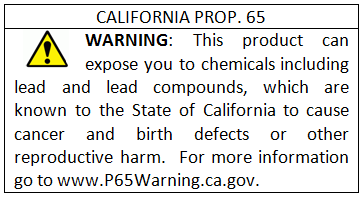
Lead in Tubs and Sinks
• Wash dishes in a separate wash tub or basin.
• Rinse dishes under running water instead of filling the sink with water
• Shower children instead of bathing
• Avoid bathing in tubs with deteriorated, cracked, etched, or chalky glazing.
• Avoid using harsh abrasive cleansers on glazed surfaces
• When bathing, take shorter baths and avoid refilling tubs that have cooled with
additional warm water. More lead can leach into water the longer it is in contact
with the glaze
• Do not let children drink bath water
• If children must be bathed in an older tub, place a large plastic bin or container
in the tub and fill the container with water instead of the tub
• Replace older tubs and sinks
• Refinish older tubs and sinks by hiring a professional bathtub refinishing company like Joy of St Croix that uses acrylic or urethane based coatings.
• Maintain refinished coatings by repairing chips or gouges to prevent coating failure.
How do I know if my dishes or tub has lead?

Dust Wipe testing
Dust samples can be collected from the surface of the glaze of either dishes or tubs, but may or may not detect lead. If the glaze contains lead but is in good shape, a dust wipe probably would not detect any lead. If there were evidence of any dust or chalky residue, a dust wipe sample would likely be able to detect lead.
For the most accurate results, dust samples should only be taken by someone who
has been properly trained.
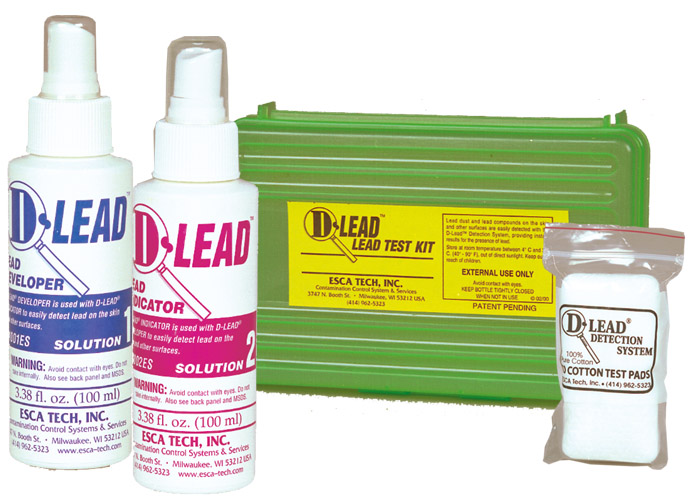
Chemical swabs
Chemical swabs designed to detect lead based paint are inexpensive and seem to be fairly effective at determining the presence of lead
in glazes, however smooth intact glazes or glazes with clear coats or other paint or enamels over them may not test positive. Some lead compounds in glazes can also be very stable and do not react quickly with the testing chemical. For best results, find an area that can be roughed up with a small piece of sandpaper and let chemicals sit over night
before assessing whether the chemical test has found lead. Remember that chemical testing is not 100% accurate.
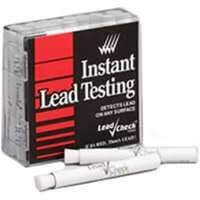
Consumer Resources
online references
Various Federal, State and consumer type agencies maintain lists of either safe or
dangerous dishware. Check the following web sites:
Consumer Product Safety Commission http://www.cpsc.gov/
Food and Drug Administration http://www.fda.gov/default.htm
Environmental Defense Fund http://www.edf.org/article.cfm?contentid=952
California Prop 65
https://www.p65warnings.ca.gov/fact-sheets/lead-and-lead-compounds
California Prop 65
To adhere to California’s proposition 65, manufacturers of dishes that have been tested and demonstrate they
may leach lead into food are required to put a yellow triangle and warning language on the packaging. see the
following web site for more information on this requirement: http://www.aclppp.org/ceramic.htm

